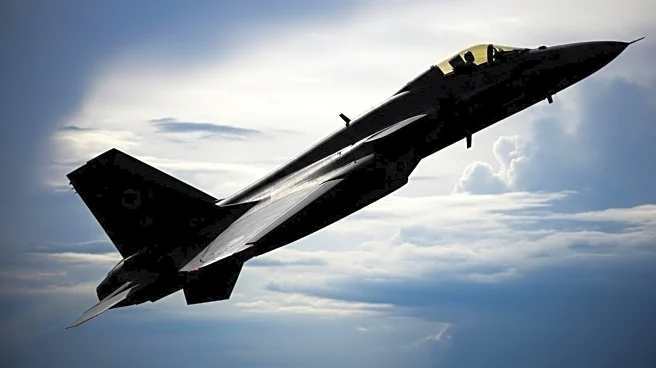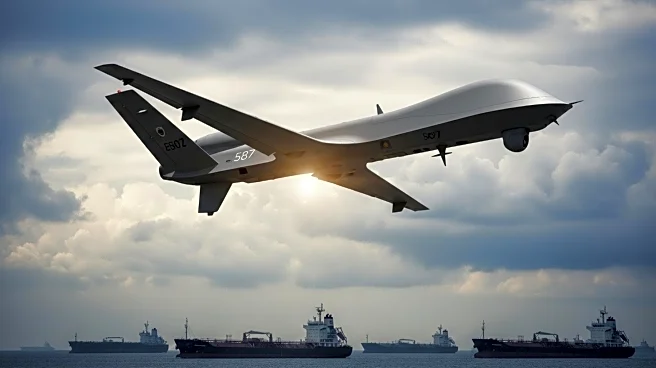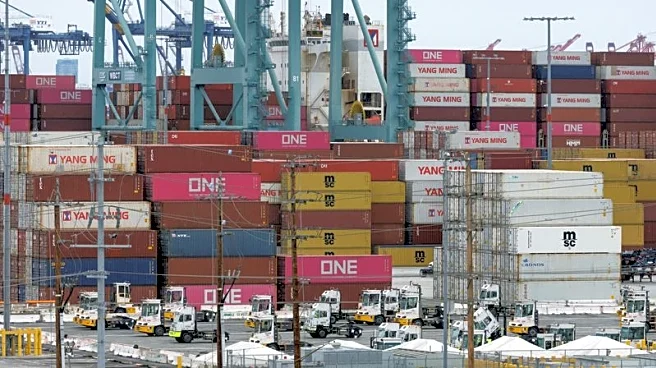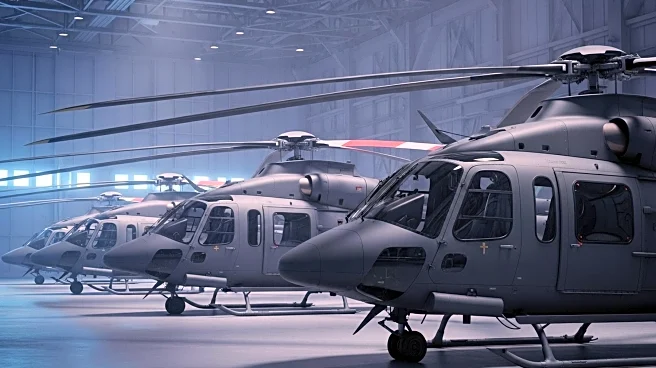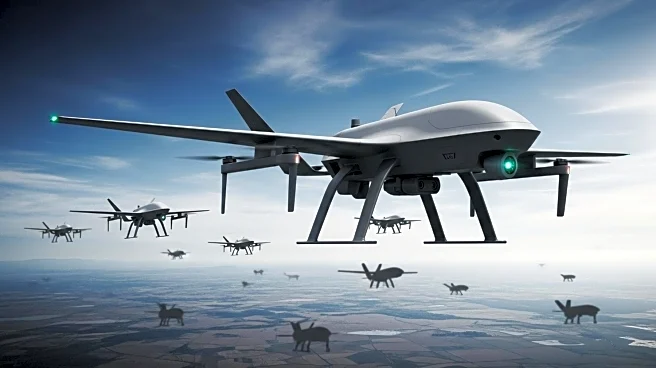What is the story about?
What's Happening?
The US Department of Defense (DoD) and Lockheed Martin have finalized a production agreement for nearly 300 F-35 Lightning II Joint Strike Fighter aircraft. The contract, announced on September 29, covers production lots 18 and 19, with deliveries set to begin in 2026. The USD12.5 billion contract for Lot 18 includes 148 aircraft, comprising 40 F-35As for the US Air Force, 12 F-35Bs and eight F-35Cs for the US Marine Corps, nine F-35Cs for the US Navy, and additional aircraft for international partners and Foreign Military Sales customers. A separate USD2.8 billion contract was awarded to Pratt & Whitney for 141 Lot 18 F-135 engines. The agreement involves co-operative programme partners such as Australia, Canada, Denmark, Italy, the Netherlands, and Norway, and FMS customers including Belgium, the Czech Republic, Finland, Germany, Greece, Japan, Poland, South Korea, Switzerland, and Romania.
Why It's Important?
This contract is significant for the US military and its international partners, as it ensures the continued production and delivery of the F-35, a key component of modern air defense strategies. The F-35 program supports national security by enhancing military capabilities and interoperability among allied nations. The deal also represents a substantial investment in the defense industry, supporting jobs and technological advancements. For international partners, acquiring F-35s strengthens their defense capabilities and aligns them with US military standards, fostering closer military cooperation. The contract's impact extends to economic stakeholders, including Lockheed Martin and Pratt & Whitney, who benefit from sustained production and technological development.
What's Next?
Deliveries of the F-35 aircraft under this contract are scheduled to begin in 2026, with production continuing at Lockheed Martin's facilities. The DoD and Lockheed Martin will likely focus on meeting production timelines and ensuring quality standards. International partners and FMS customers will prepare for the integration of these aircraft into their fleets, which may involve training and infrastructure development. The ongoing production and delivery of F-35s will continue to influence defense strategies and military collaborations among the involved nations.
Beyond the Headlines
The F-35 program's expansion highlights the growing importance of advanced fighter jets in modern warfare, emphasizing stealth, agility, and technological superiority. The program also raises ethical and strategic considerations regarding military spending and the balance between defense and diplomatic efforts. As more countries acquire F-35s, the geopolitical landscape may shift, with potential implications for regional security dynamics and international relations.
AI Generated Content
Do you find this article useful?
